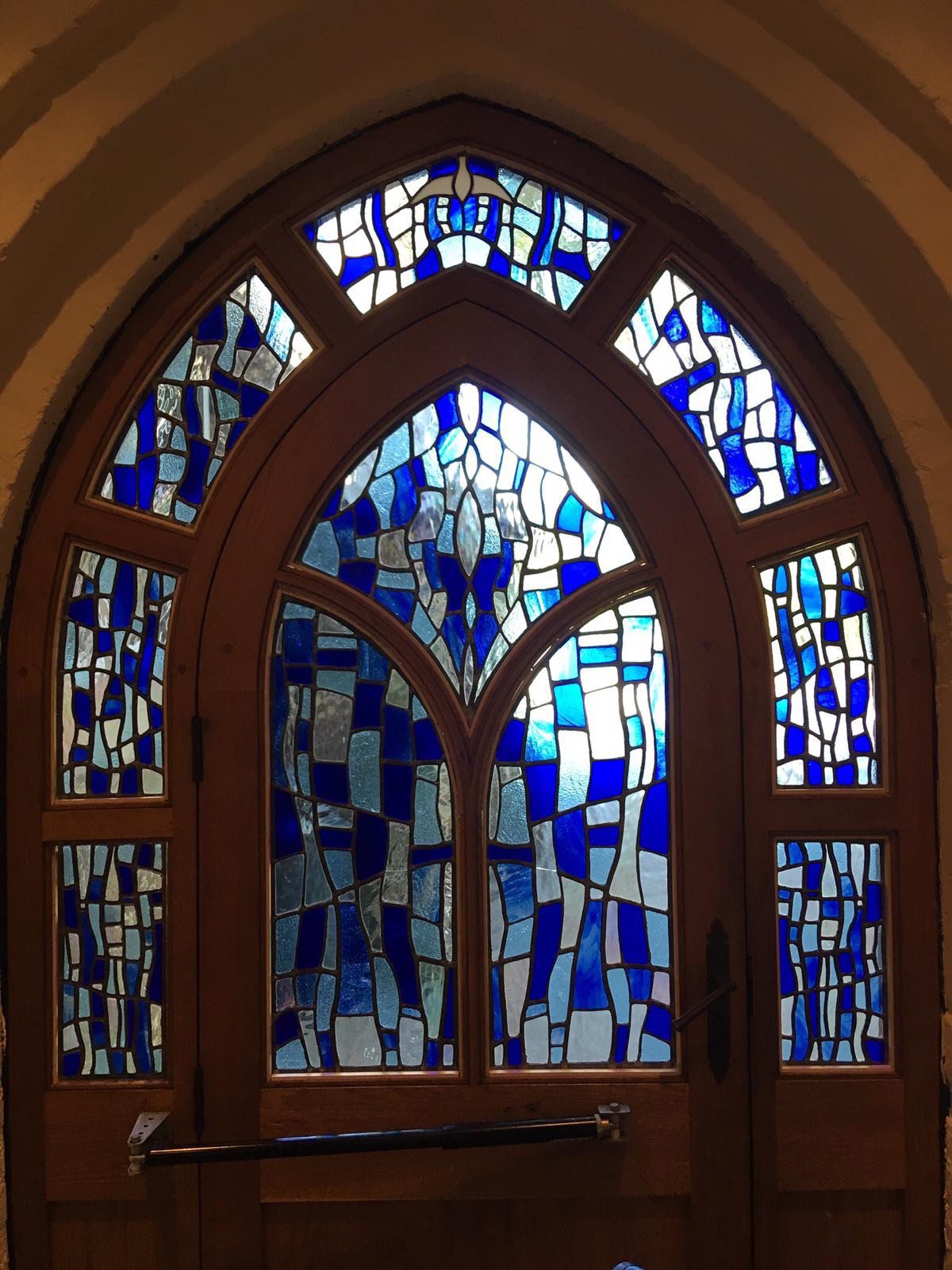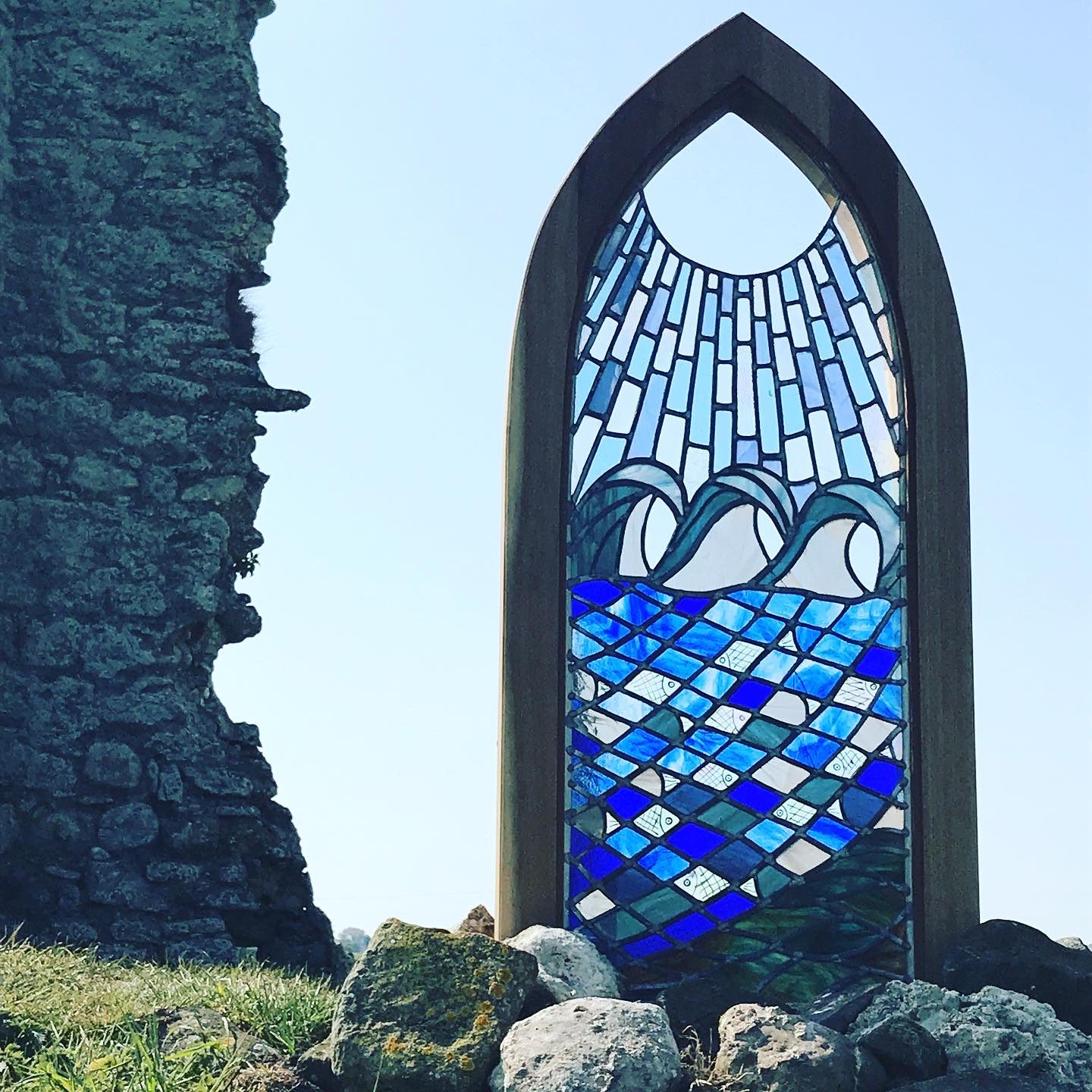Stained glass is everywhere. Historical buildings and churches are always better
viewed from the inside with the sun behind to enjoy the plethora of stained glass
colours that dance across the floors. The art of making stained glass is sadly dying out and is now listed as an endangered craft on the English Heritage website.
Many people mistake the different processes. For example, Copper Foil technique is often described as stained glass. While the glass used in copper foiling is stained glass, making it is a very different process from the leaded panels seen in stained glass windows and doors. Copper foil is a technique that involves cutting the glass and grinding it to get a close fit to the adjoining pieces – think of Tiffany lamps that are made using copper foil. Each piece of glass is then cleaned with alcohol before carefully wrapping the edge with thin copper tape. These pieces are then burnished to ensure that all the edges are sealed to prevent flux getting underneath and loosening the tape before soldering.

The taped glass pieces are then ready for soldering, which is a tricky process as it is important to get the soldering iron at the right temperature to get the solder to flow. There is also a technique to run the solder and iron together to create a “bead” on the surface.
Leaded Panels are altogether different. Although both require a pattern to work from once the glass is cut, the process is completely different as the glass has to fit within the “H” profile of the lead. This is done by carefully cutting to the lines of the pattern – too big and there will be lots of grinding or “grozing” (nibbling the glass) to make the piece fit – too small and the piece will fall out. The lead that is used has to be stretched so that it becomes stiffer. Using a lead knife the lead strips must touch and connect in order for the next part of the process to work. Each joint is cleaned with wire wool, fluxed with tallow or candle wax and then soldered.
In the traditional manor – glass is cemented using a black sticky cement and brushed between the lead and the glass to prevent the glass from rattling and stop draughts, it also adds more stability to the piece. “Whiting” powder or chalk is dusted over the surface this assists in the cement drying and is easier to clean off the glass. Finally the panel is black leaded using stove polish which enhances the lead to a gun metal finish. The glass is then cleaned and ready for installation and to be admired.
If you are interested in making or learning either of the stained glass processes please contact us as we are keen to ensure that stained glass continues to be created well into the future. We will shortly be launching an online Stained Glass Leaded Panel course which you will be able to follow. We’ll also include details about materials and give you bonus sessions on which tools to select and highlight some things you can choose as a personal preference.
To find out more about Stained Glass please contact us. We can arrange a date for you or you could join one of our regular courses if they’re not fully booked. Email Yolanda at or call her on 07770 347616.


